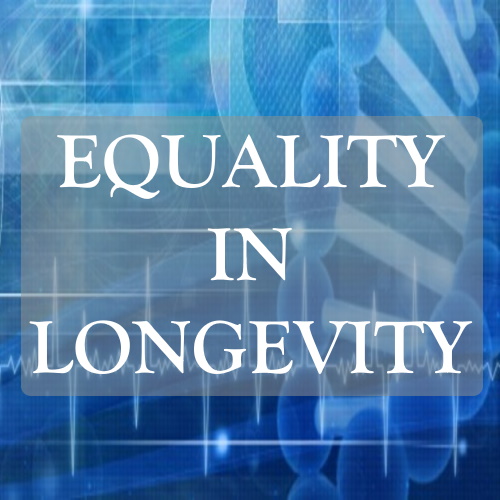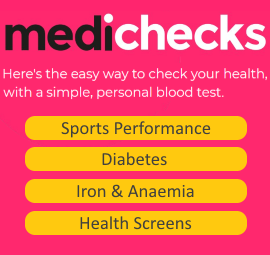Key points from article :
A new report, The Broken Plate, highlights the stark inequalities in the UK food system, revealing that the poorest fifth of the population would need to spend 45% of their disposable income to afford a government-recommended healthy diet. For households with children, this figure rises to an alarming 70%. Although slightly lower than during the peak of the cost-of-living crisis (2021–2022), these figures remain significantly higher than pre-crisis levels, underscoring the ongoing challenges for low-income families.
The report also found that healthier food options, which are lower in fat, sugar, and salt, are becoming increasingly expensive—now twice the cost per calorie compared to less nutritious alternatives. Advertising and promotions exacerbate the issue, with over a third of supermarket deals and ads promoting unhealthy items, while only 2% of ads focus on fruits and vegetables. Compounding the problem, fast food outlets make up 26% of food establishments in England, rising to nearly one in three in the most deprived areas.
The health impacts of these disparities are stark: children in poorer areas are twice as likely to experience tooth decay, and deprived adults are three times more likely to face severe complications like lower limb amputations due to type 2 diabetes. Anna Taylor, executive director of the Food Foundation, criticized the food system’s failure to provide basic nutrition for vulnerable populations, warning of its long-term effects on health, education, and mental well-being.
In response, Minister for Food Security Daniel Zeichner acknowledged the issues raised in the report, pledging a cross-government food strategy aimed at addressing food inequalities, reducing obesity, and ensuring a more sustainable and accessible food system for all.





